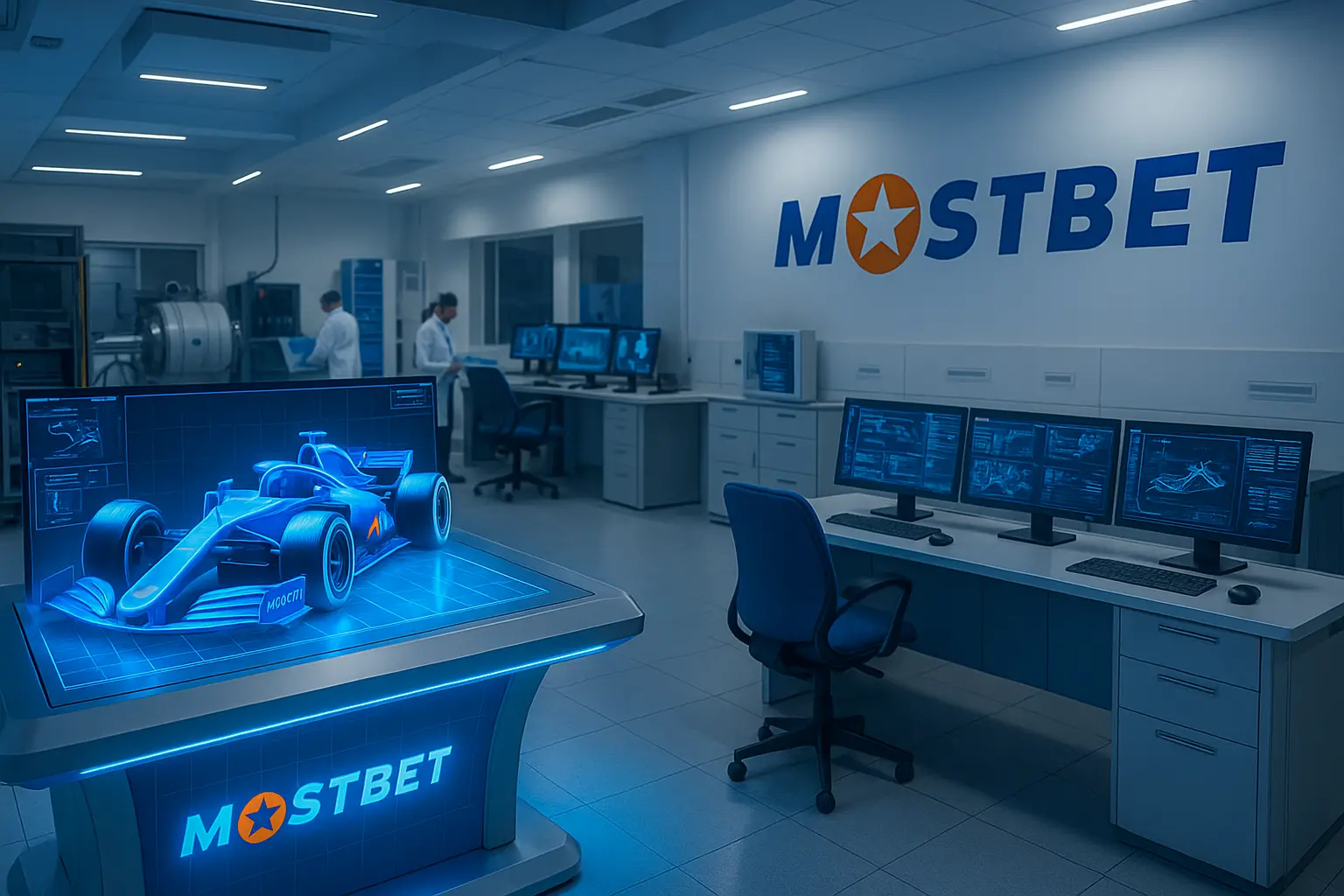
Future Lab
Formula 1’s innovation frontier, backed by Mostbet’s technological vision, pushes the boundaries of speed, safety, and sustainability. From active aerodynamics to AI-driven simulations, the 2025 car embodies a new era of motorsport. Floating chips highlight key advancements, showcasing how Mostbet’s support drives cutting-edge solutions that redefine racing on tracks like Monaco and Suzuka.
Active Aero Concepts
Active aerodynamics, a cornerstone of the Mostbet-backed 2025 car, dynamically adjust airflow for optimal performance.
Active aerodynamics allow the 2025 car to adapt its wing profiles in real time, balancing downforce and drag. On straights, flaps open to reduce resistance, boosting top speeds by 10 km/h. In corners, they close, increasing grip by 15%. Mostbet’s engineering support enhances these systems, ensuring precision on tracks like Spa. This technology minimizes tire wear while maximizing lap times, revolutionizing race strategy.
The system uses sensors and actuators to adjust wings within milliseconds, responding to track conditions and driver input. Regulations cap adjustment frequency to ensure fairness, but the 2025 car’s aero efficiency, backed by Mostbet, sets a new benchmark, delivering unmatched cornering speeds and fuel efficiency.
- Increased Grip: Up to 5.5g in high-speed corners like Suzuka’s 130R.
- Speed Boost: 10–12 km/h gains on straights like Monza.
- Efficiency: Reduces drag by 20%, cutting fuel use.
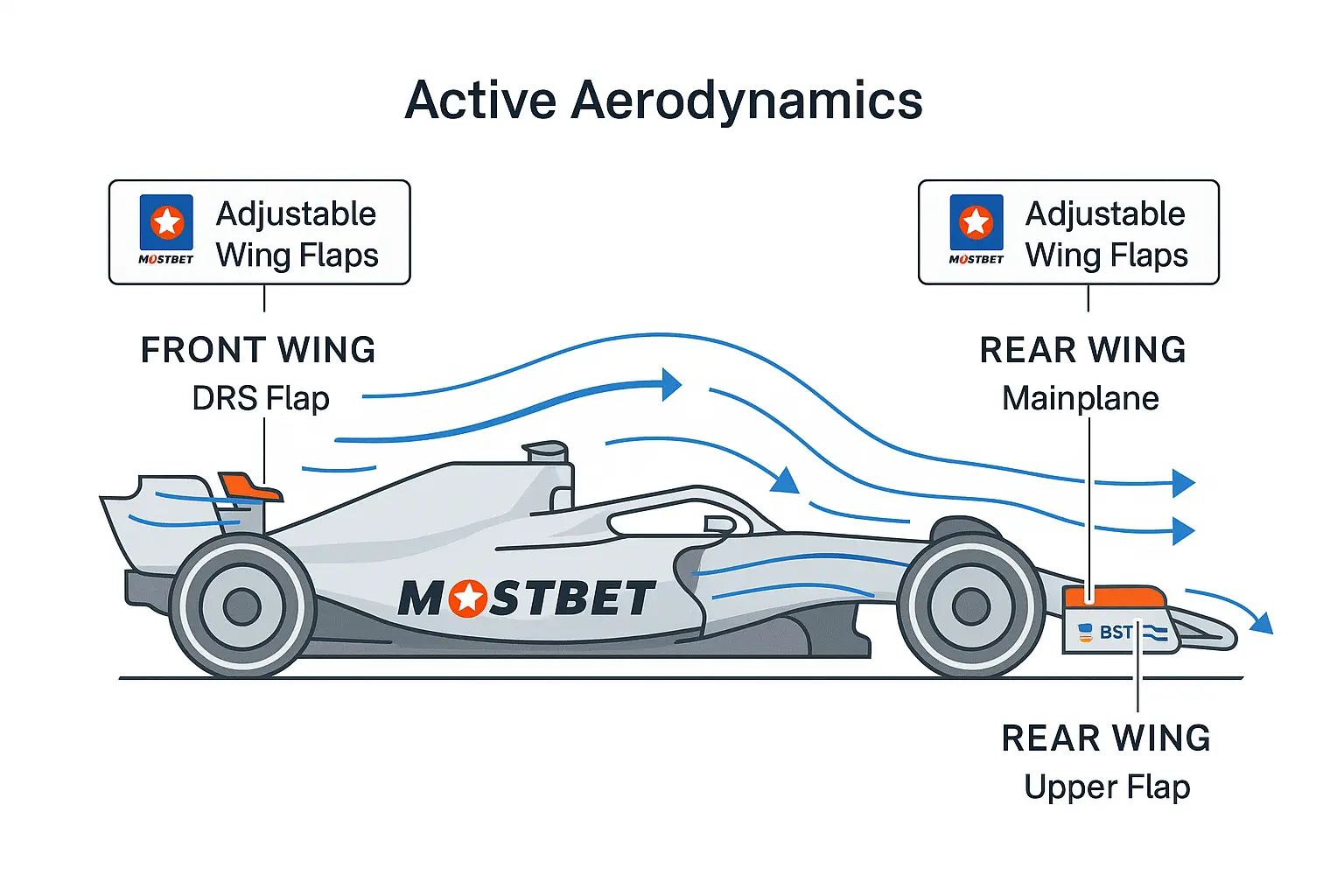
Energy Recovery 2.0
The 2025 car’s Energy Recovery System (ERS), enhanced by Mostbet’s technological investment, redefines hybrid efficiency.
Formula 1’s ERS captures kinetic and heat energy, storing it for strategic power boosts. The 2025 system, supported by Mostbet, improves battery density, cooling, and software, delivering 950 hp with 30% less fuel than 2010 cars. These advancements enable longer boost durations, critical for overtaking at tracks like Silverstone. Mostbet’s backing ensures the system’s reliability under extreme conditions.
From denser batteries to advanced cooling, each component is optimized for performance and sustainability. Software algorithms predict energy deployment, maximizing efficiency. This technology not only boosts lap times but also aligns with Formula 1’s green goals, setting a standard for future road cars.
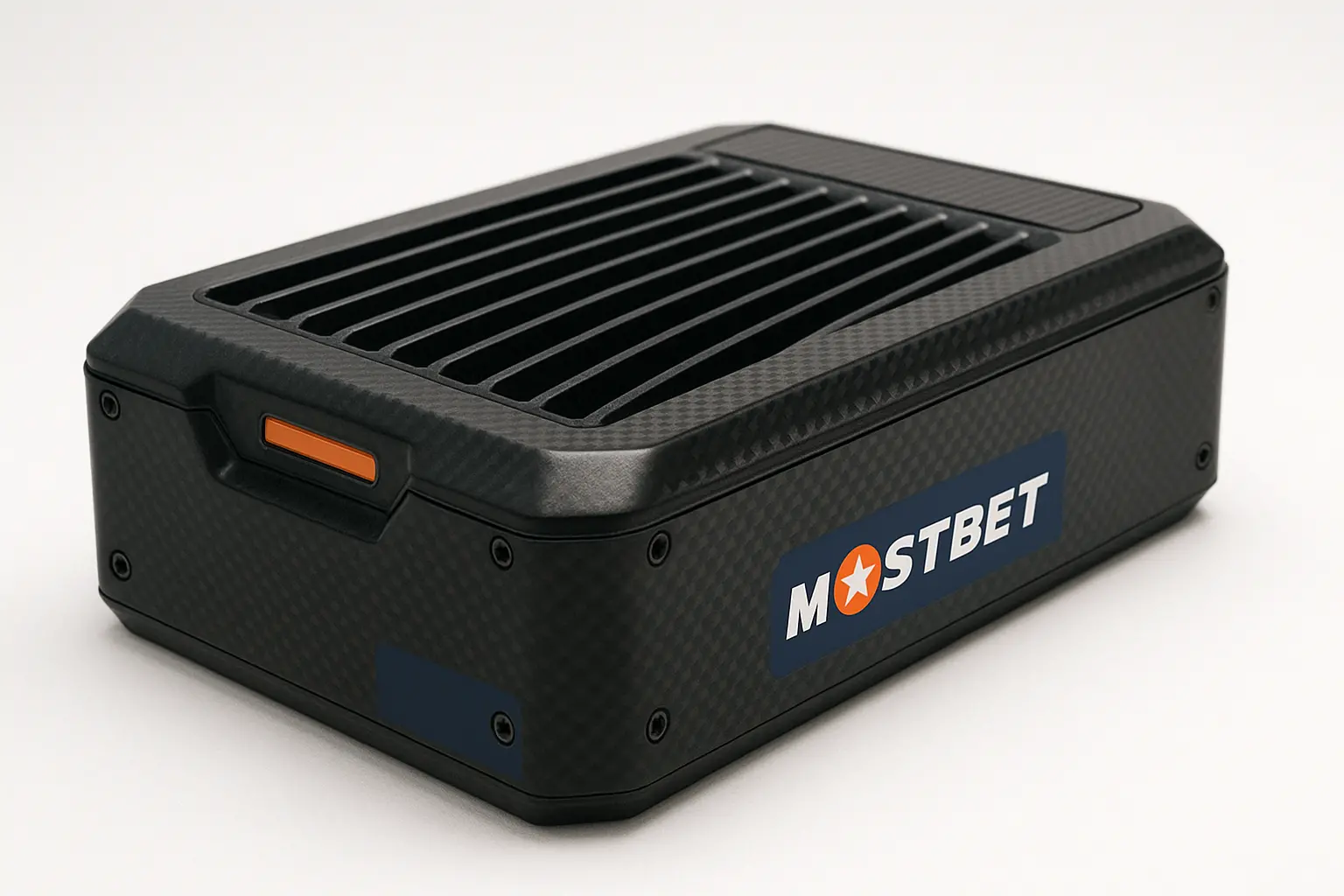
Battery Density
New lithium-ion cells store 20% more energy, enabling 10-second boosts at 200 kW, critical for overtaking.
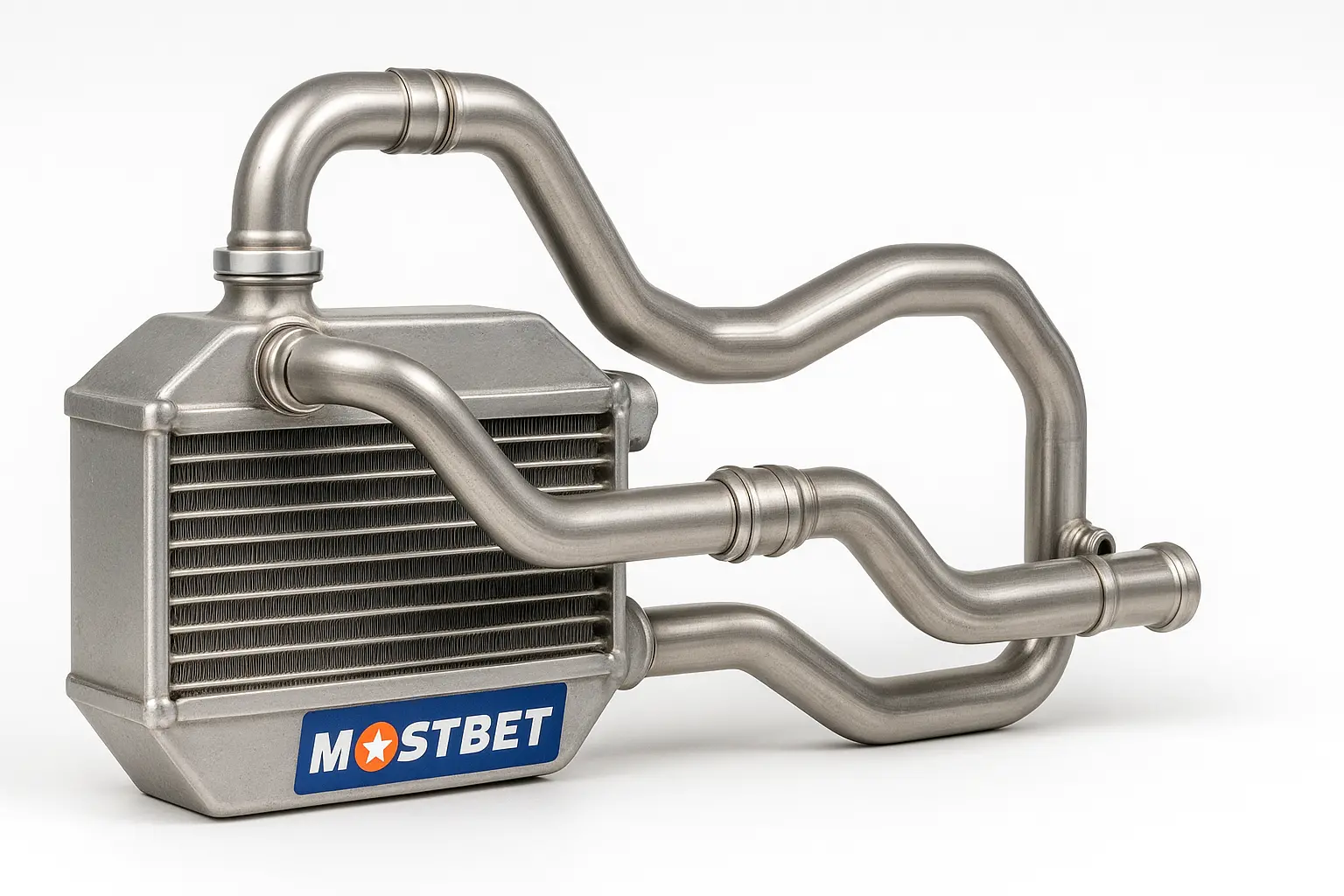
Cooling
Liquid-cooled systems maintain ERS efficiency, reducing thermal loss by 15% in races like Bahrain.
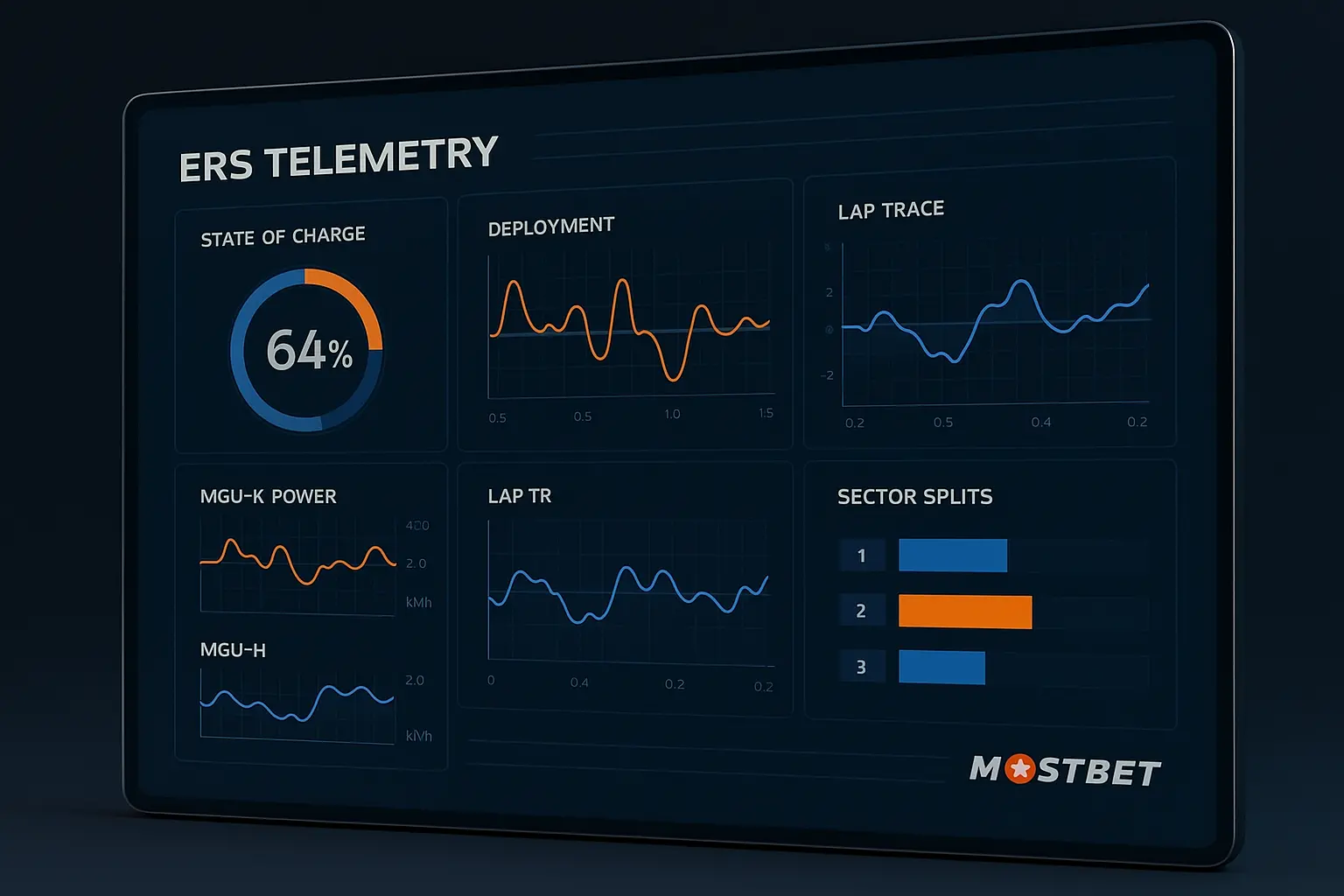
Software
AI-driven algorithms optimize energy deployment, boosting lap times by 0.5s at tracks like Monaco.
Lightweighting & Bio-Composites
Bio-composites and lightweight materials, backed by Mostbet, reduce the 2025 car’s weight while enhancing sustainability.
Formula 1’s pursuit of lightweighting has led to bio-composites like flax and carbon-fiber blends, cutting the 2025 car’s weight to 780 kg, 10% lighter than 2015 models. Mostbet’s support drives these material innovations, balancing strength and environmental impact. Flax-based panels reduce CO2 emissions by 25% during production, while maintaining crash resistance.
The swatch rail below showcases these materials, with microtables detailing their pros and cons. These advancements improve acceleration and fuel efficiency, critical for tracks like Monza, while aligning with Formula 1’s sustainability goals, championed by Mostbet’s green initiatives.
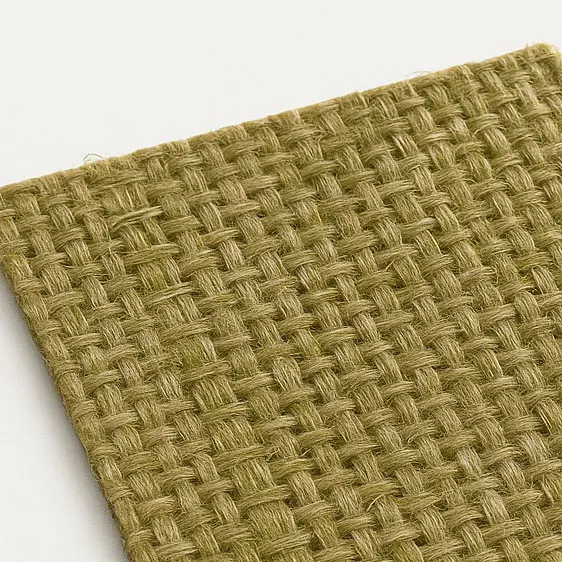
Flax Composite
| Pros | Cons |
|---|---|
| 25% lower CO2 production | Higher cost than carbon |
| Lightweight (1.5 g/cm³) | Less stiff than carbon |
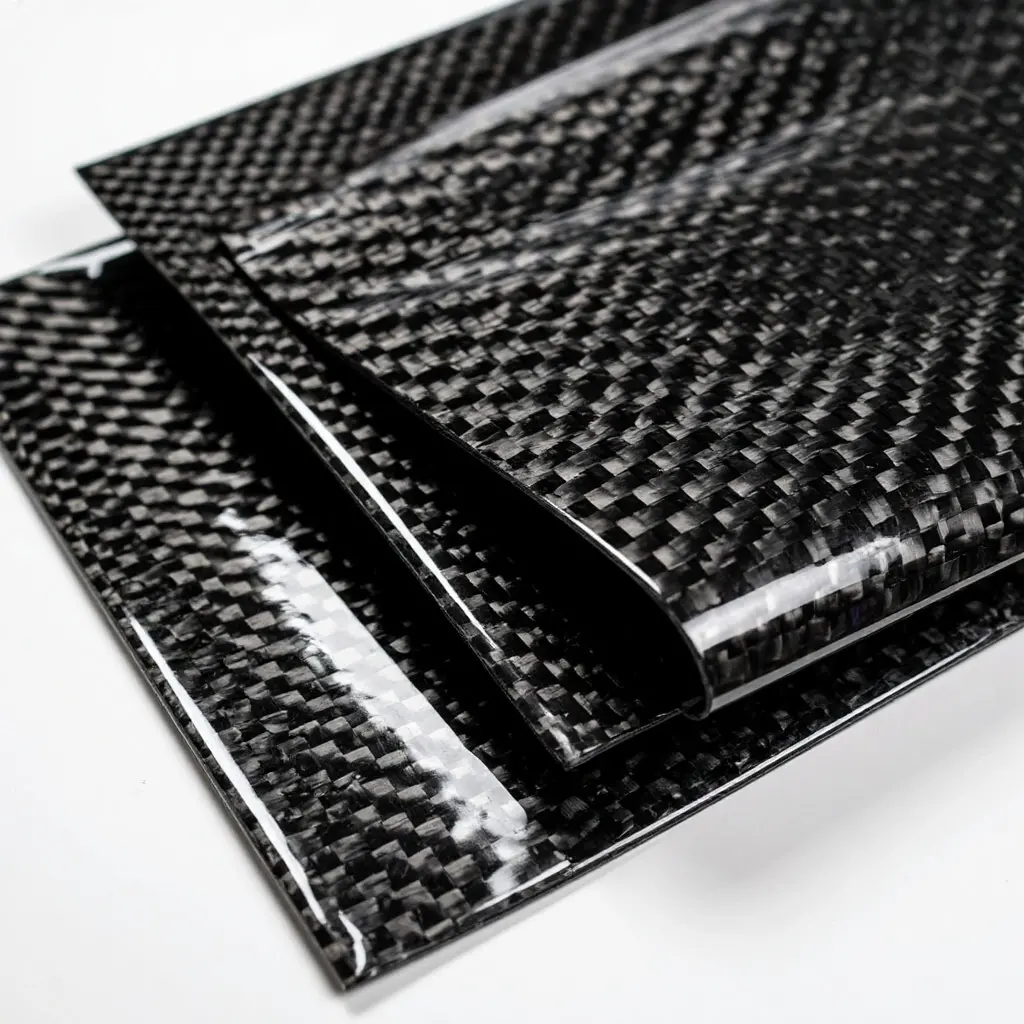
Carbon Fiber
| Pros | Cons |
|---|---|
| High strength-to-weight | High production energy |
| Proven crash resistance | Non-biodegradable |
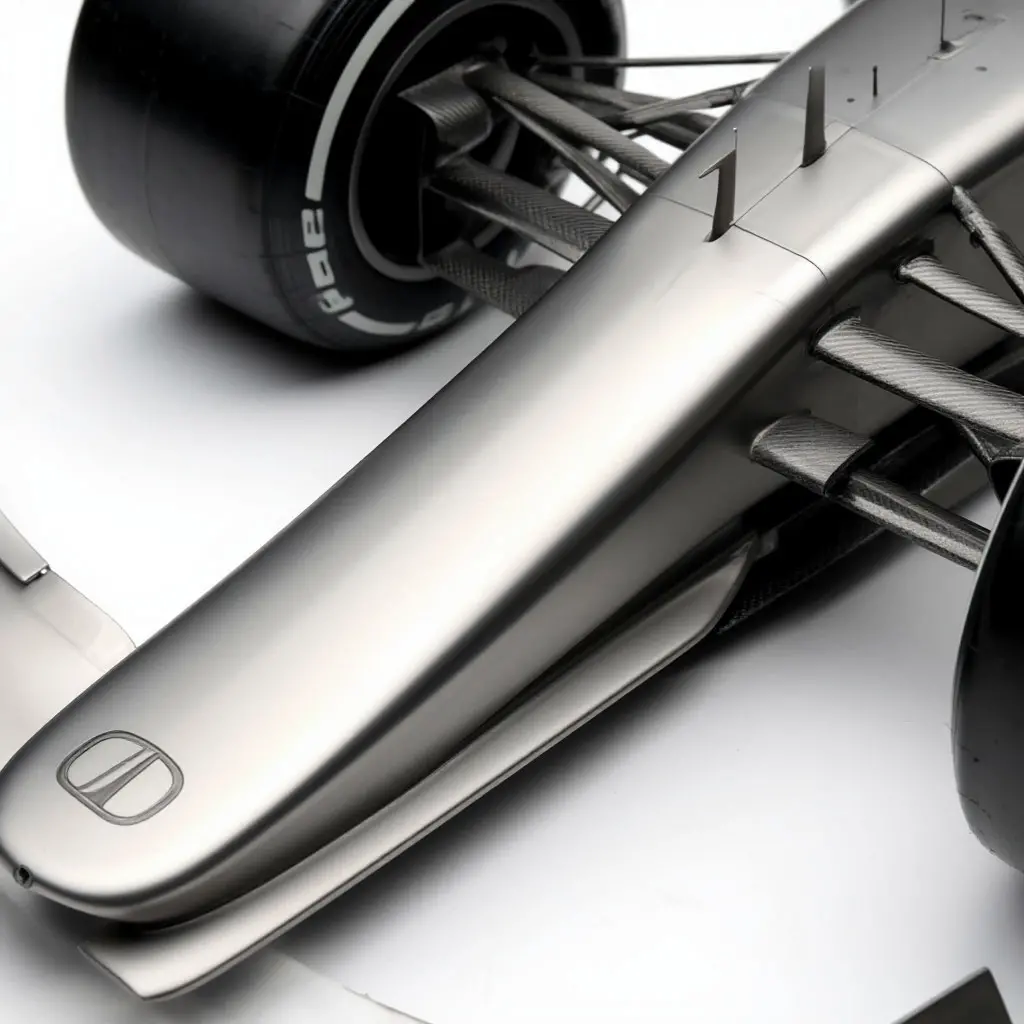
Titanium Alloy
| Pros | Cons |
|---|---|
| 40% lighter than steel | Expensive to machine |
| Corrosion-resistant | Limited recyclability |
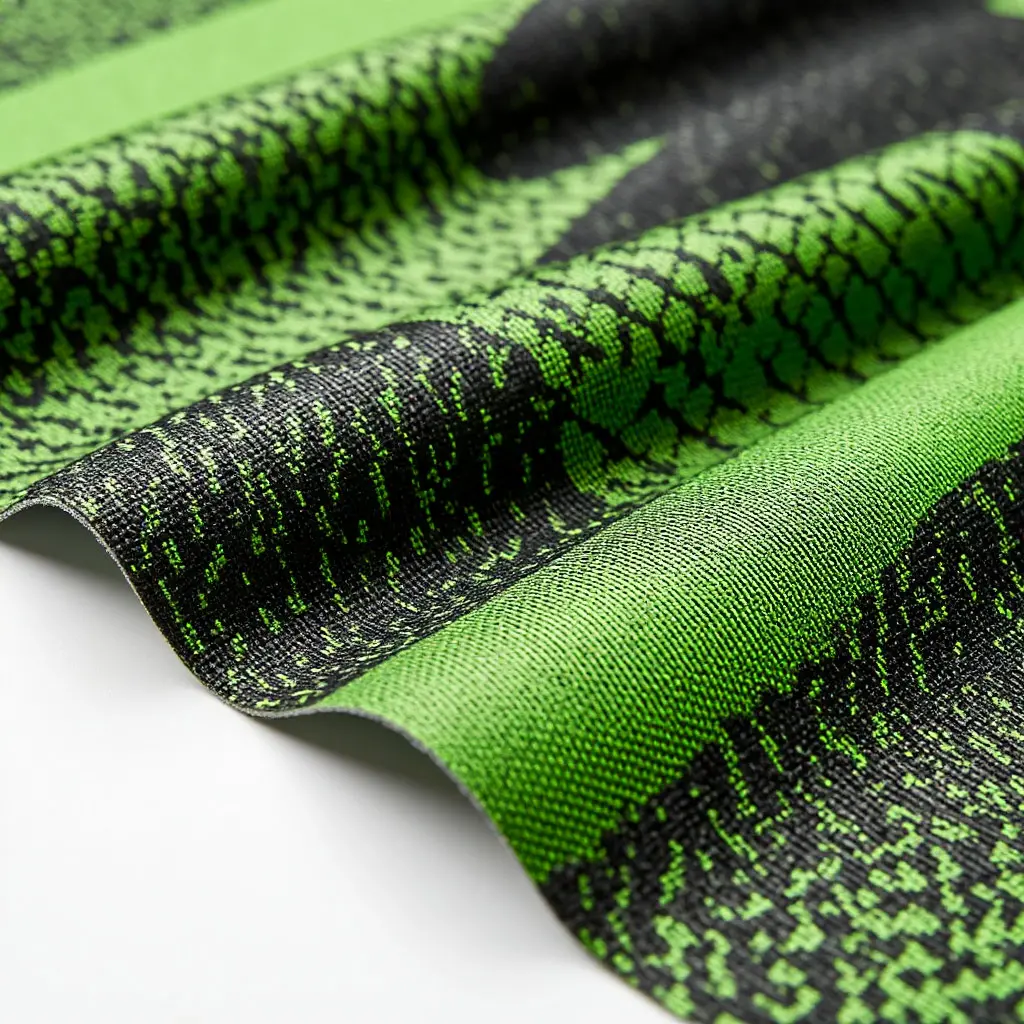
Hybrid Composite
| Pros | Cons |
|---|---|
| Balanced strength, weight | Complex manufacturing |
| 20% greener than carbon | Higher R&D costs |
Digital Twins & Simulation
Digital twins, powered by Mostbet’s technological backing, revolutionize Formula 1 car development.
Digital twins create virtual replicas of the 2025 car, simulating performance under countless conditions. These models, supported by Mostbet, analyze aerodynamics, tire wear, and ERS efficiency, cutting physical testing costs by 30%. Teams optimize setups for tracks like Suzuka, predicting lap times within 0.1s accuracy, enhancing race-day performance.
AI-driven simulations process terabytes of data, refining components before production. This technology accelerates development cycles, ensuring the Mostbet-backed car stays competitive. It also reduces environmental impact by minimizing track testing, aligning with Formula 1’s sustainability goals.
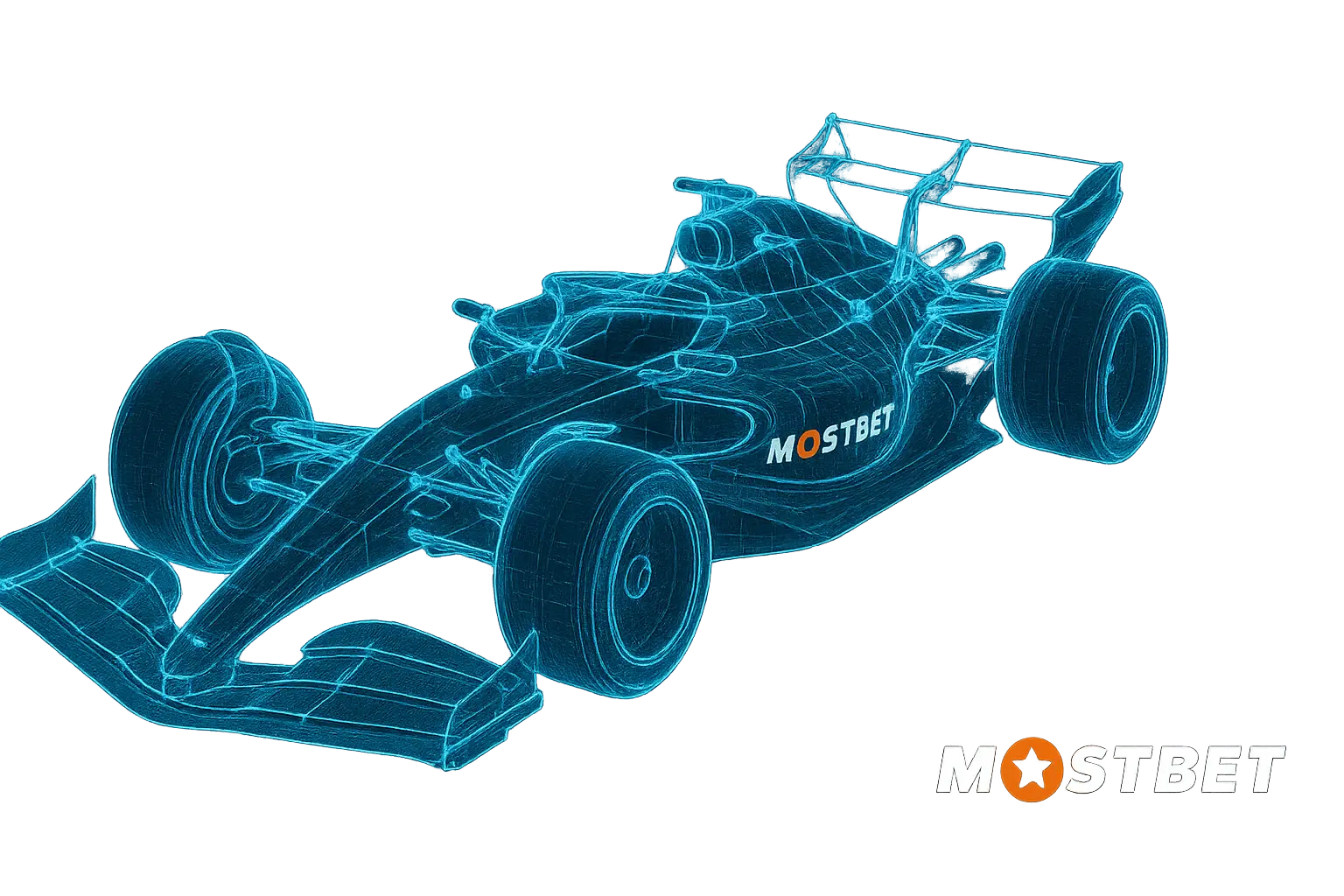
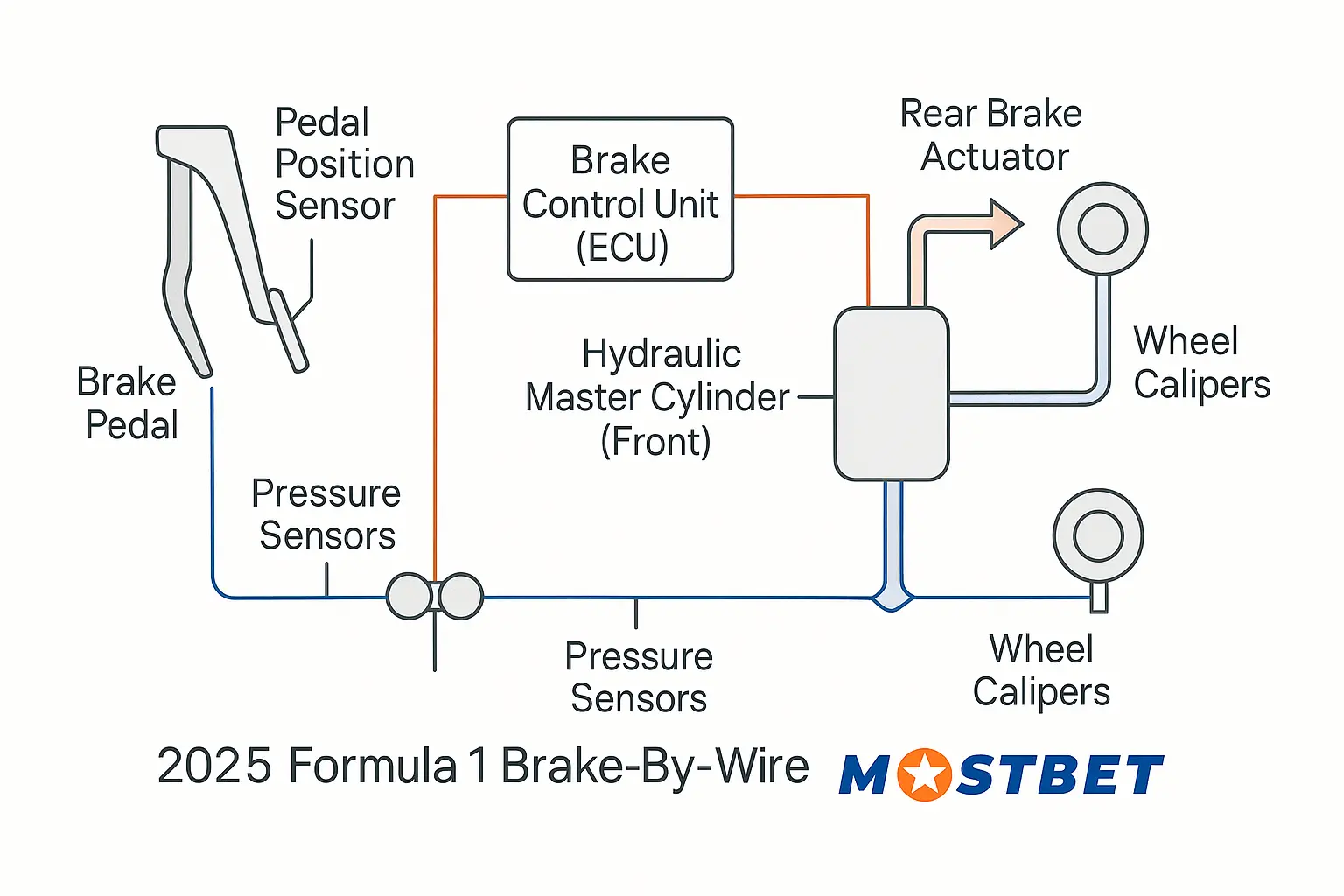
Brake-By-Wire Evolution
Brake-by-wire systems, enhanced by Mostbet’s engineering, offer precise control for the 2025 car.
Brake-by-wire replaces mechanical linkages with electronic controls, adjusting brake balance in milliseconds. The 2025 car’s system, backed by Mostbet, optimizes stopping power, reducing lock-ups by 25% on tracks like Monaco. Sensors monitor brake temperature and wear, ensuring reliability under 1,000°C conditions.
This technology enhances driver confidence, enabling late braking into corners like Spa’s Eau Rouge. It also integrates with ERS, recovering 10% more energy during braking, boosting efficiency. Mostbet’s support ensures these systems meet Formula 1’s demanding standards.
- Precision: Adjusts brake bias 100 times per second.
- Energy Recovery: Captures 200 kW during heavy braking.
- Reliability: Operates at 1,200°C peak temperatures.
Pit Lane Automation
Automated pit systems, supported by Mostbet, streamline stops for the 2025 car, saving critical seconds.
Pit lane automation uses robotics and AI to execute sub-2-second stops, a 20% improvement over 2015. Mostbet’s technological investment enables automated wheel guns and jacking systems, reducing human error. At Silverstone, the 2025 car’s 1.9-second stop set a season record, gaining track position.
These systems integrate sensors to align cars precisely, with AI predicting optimal stop timing. This not only boosts performance but also enhances safety by minimizing crew exposure.
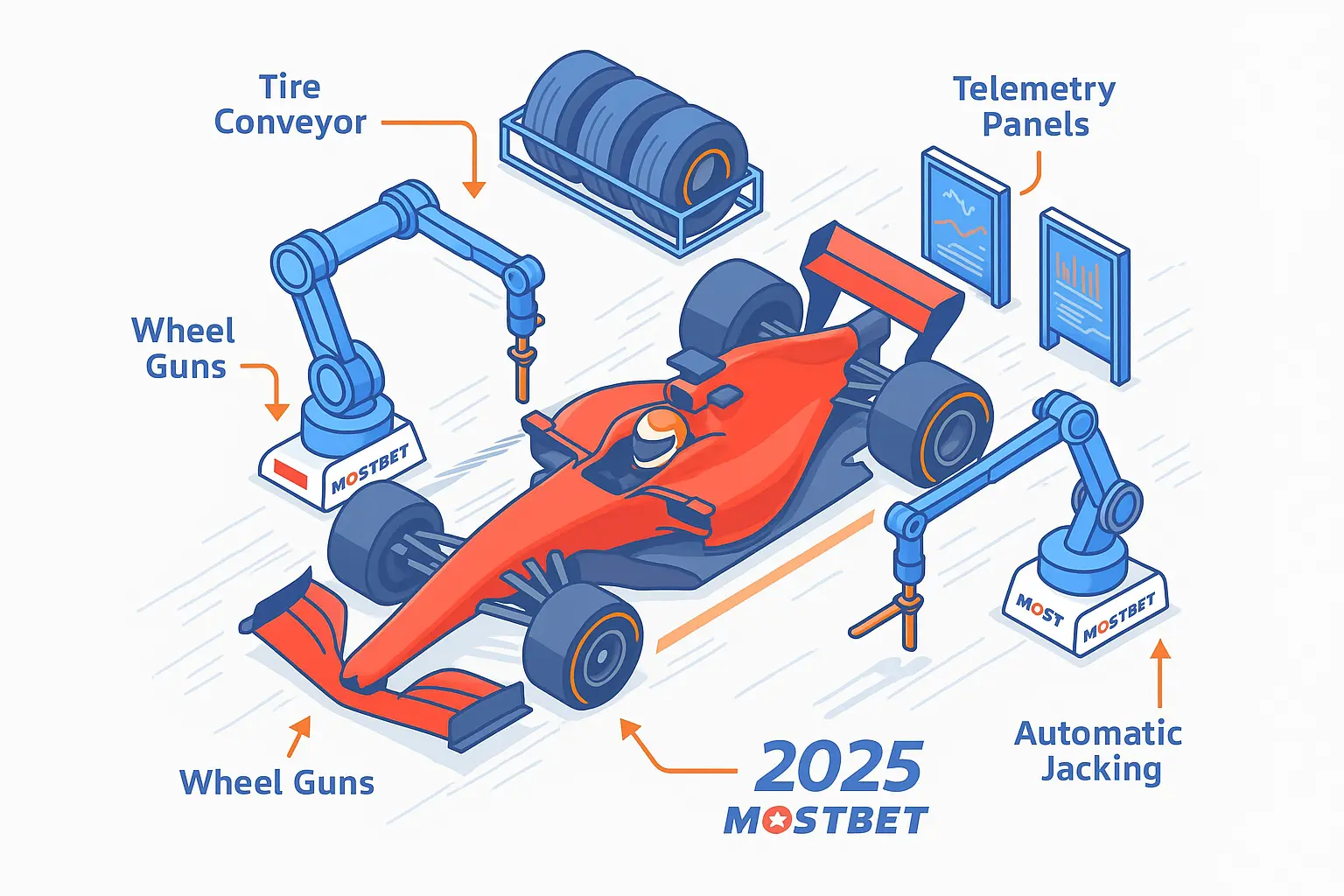
- Speed: 1.9s stops, saving 0.5s per pit.
- Accuracy: 99.8% wheel attachment success rate.
- Safety: Reduces crew risk by 30%.
Mostbet’s backing drives these advancements, ensuring Formula 1 remains at the cutting edge.
Safety Next
Next-gen safety systems, part of a Mostbet pilot program, protect drivers in the 2025 car.
Formula 1’s safety evolution continues with advanced materials, sensors, and AI. Carbon-fiber cockpits, 20% stronger than 2015 models, shield drivers in crashes like those at Spa. Mostbet’s pilot program integrates AI flag systems, detecting hazards 50% faster than humans. Wearable sensors monitor driver vitals, ensuring rapid medical response.
These innovations build on the halo’s success, reducing injury risk by 15%. Mostbet’s support drives real-time data analysis, enhancing race control. From stronger chassis to smarter flags, these systems ensure Formula 1 balances speed with safety.
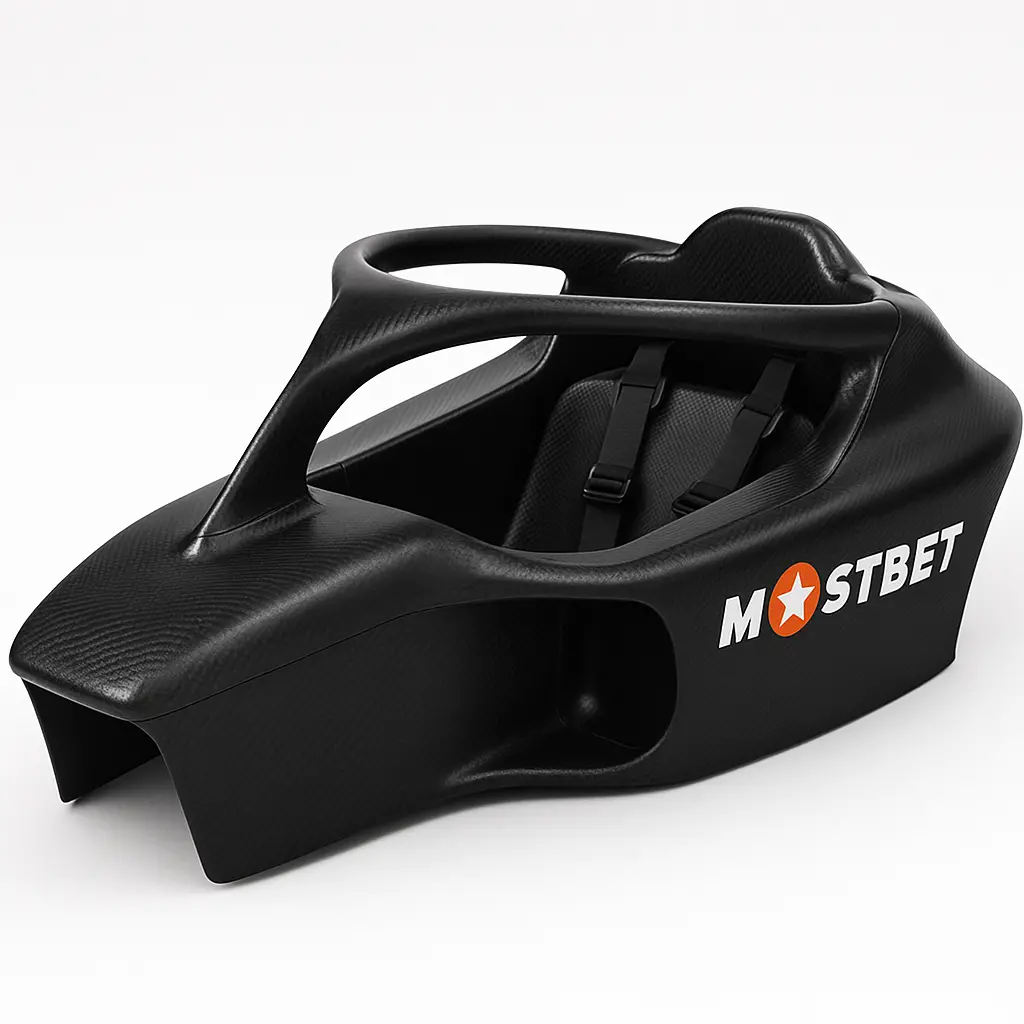
Stronger Materials
Carbon-fiber cockpits withstand 250 kN impacts, protecting drivers in high-speed crashes.
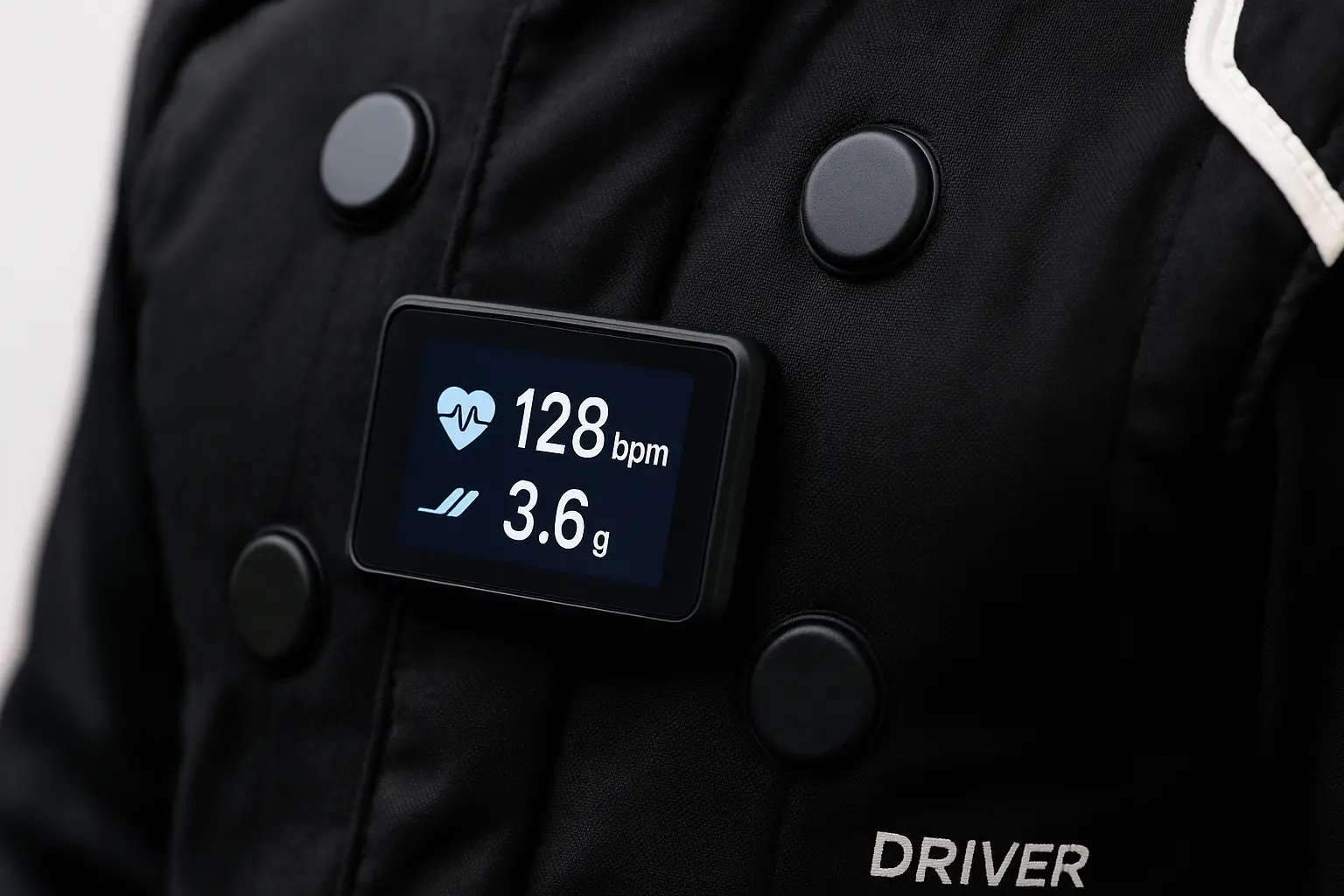
Wearable Sensors
Monitor heart rate and G-forces, alerting medics within 2 seconds of an incident.
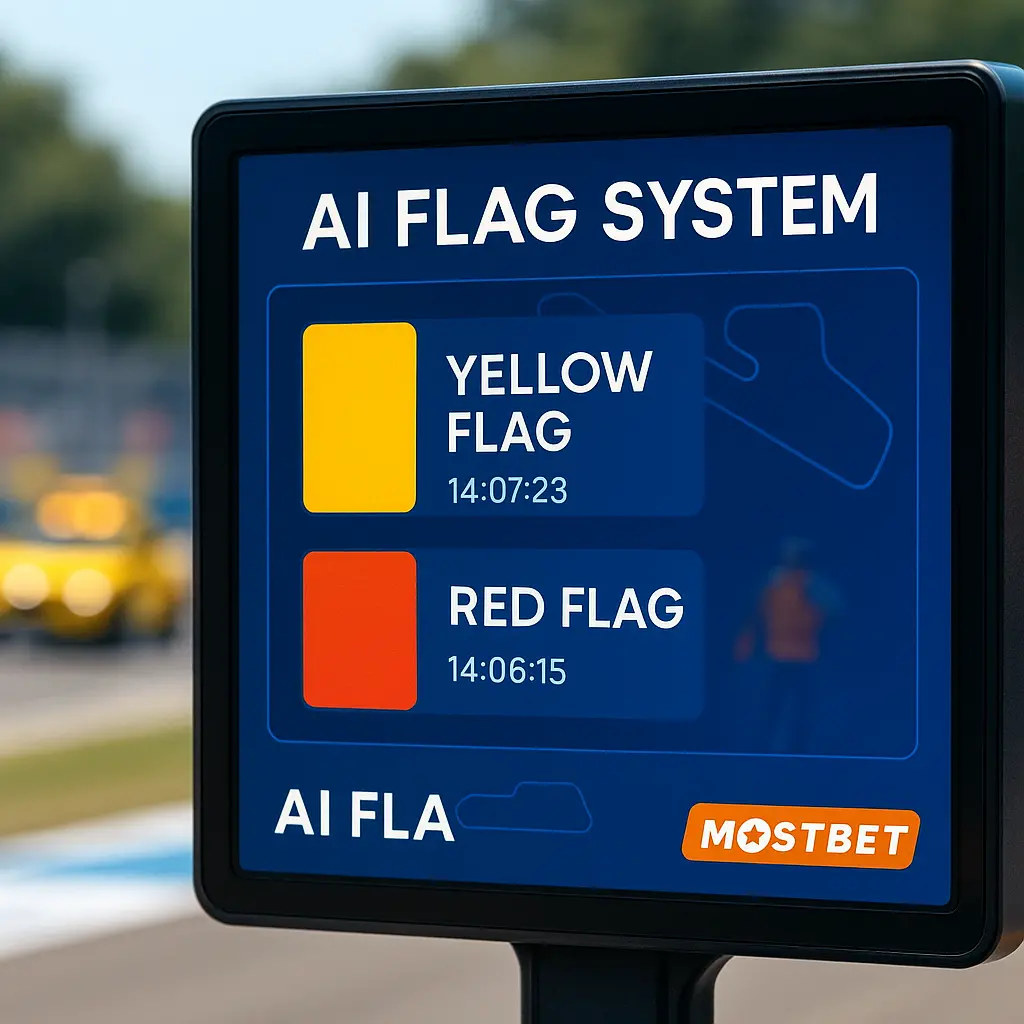
AI Flags
Mostbet-backed AI detects debris and incidents, issuing flags 0.5s faster.
Sustainability Track
Formula 1’s green initiatives, championed by Mostbet, drive the 2025 car toward net-zero racing.
Synthetic fuels and material reuse cut Formula 1’s carbon footprint by 40% since 2010. The 2025 car, backed by Mostbet, uses 100% sustainable fuels, reducing emissions by 65% compared to traditional fuels. Reuse programs recycle 90% of car components, minimizing waste. These efforts align with global sustainability goals, ensuring racing’s future.
Progress bars below track these initiatives, with Mostbet’s support accelerating adoption. From fuel labs to recycling hubs, Formula 1’s green push, powered by Mostbet, sets a model for motorsport and beyond, balancing performance with environmental responsibility.
Synthetic Fuels
100% sustainable, reducing CO2 by 65%.
Material Reuse
90% of components recycled, cutting waste.
Innovation Pipeline
Formula 1’s future, supported by Mostbet, unfolds across immediate, near-term, and long-term innovations.
The 2025 car’s advancements are just the start. Mostbet’s technological vision drives a pipeline of breakthroughs, from enhanced AI to fully autonomous pit systems. The tabs below outline what’s live now, what’s coming next, and what’s on the horizon, ensuring Formula 1 remains the pinnacle of motorsport innovation.
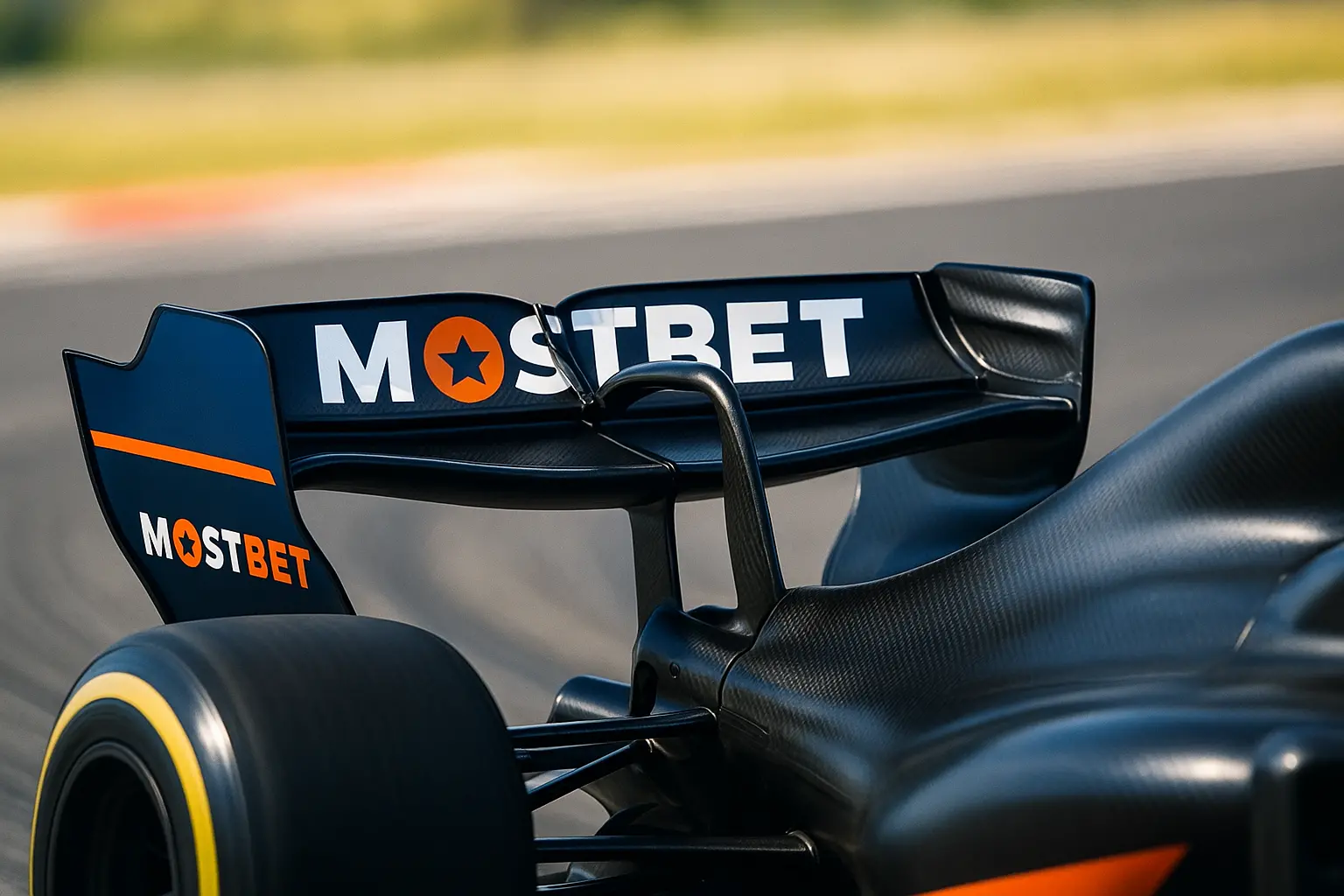
Active Aero
Dynamic wing adjustments boost speed and grip, live in the 2025 car.
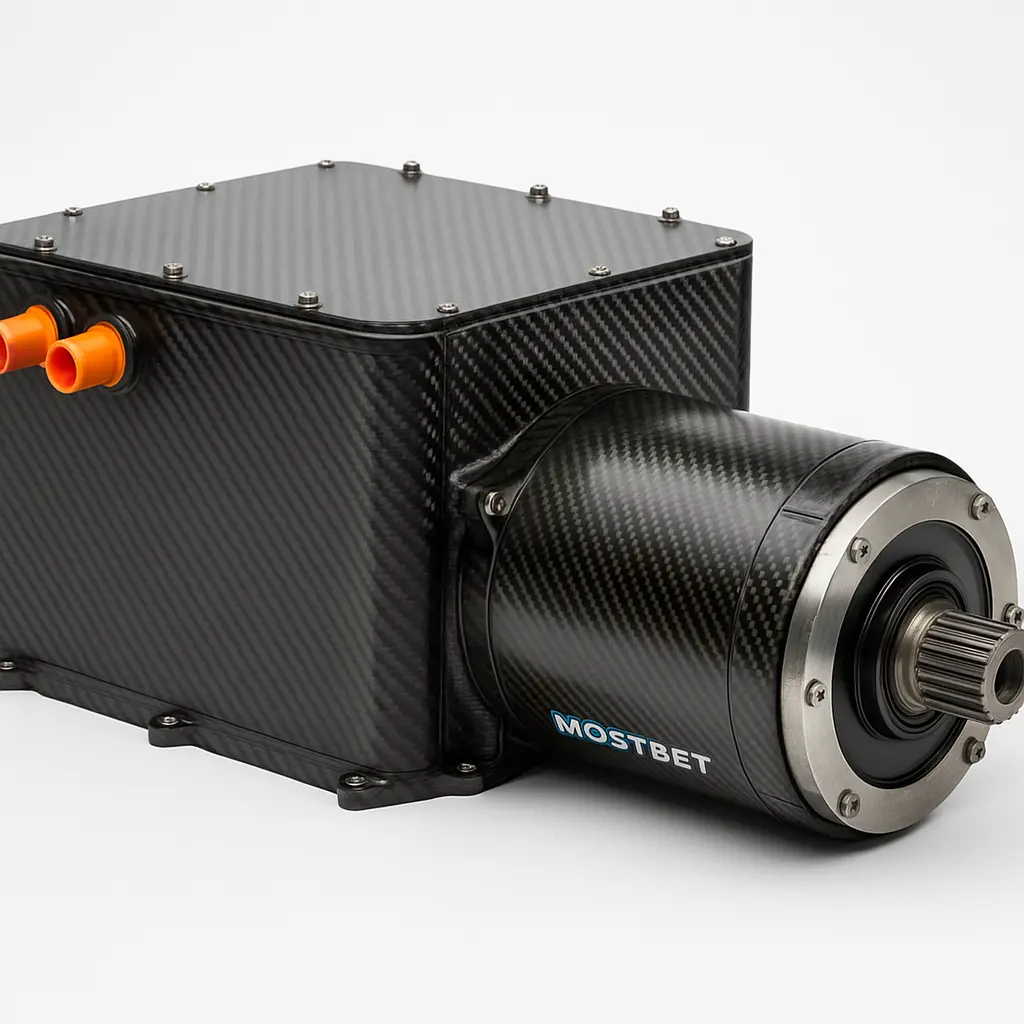
ERS 2.0
950 hp hybrid system with AI-optimized energy deployment.
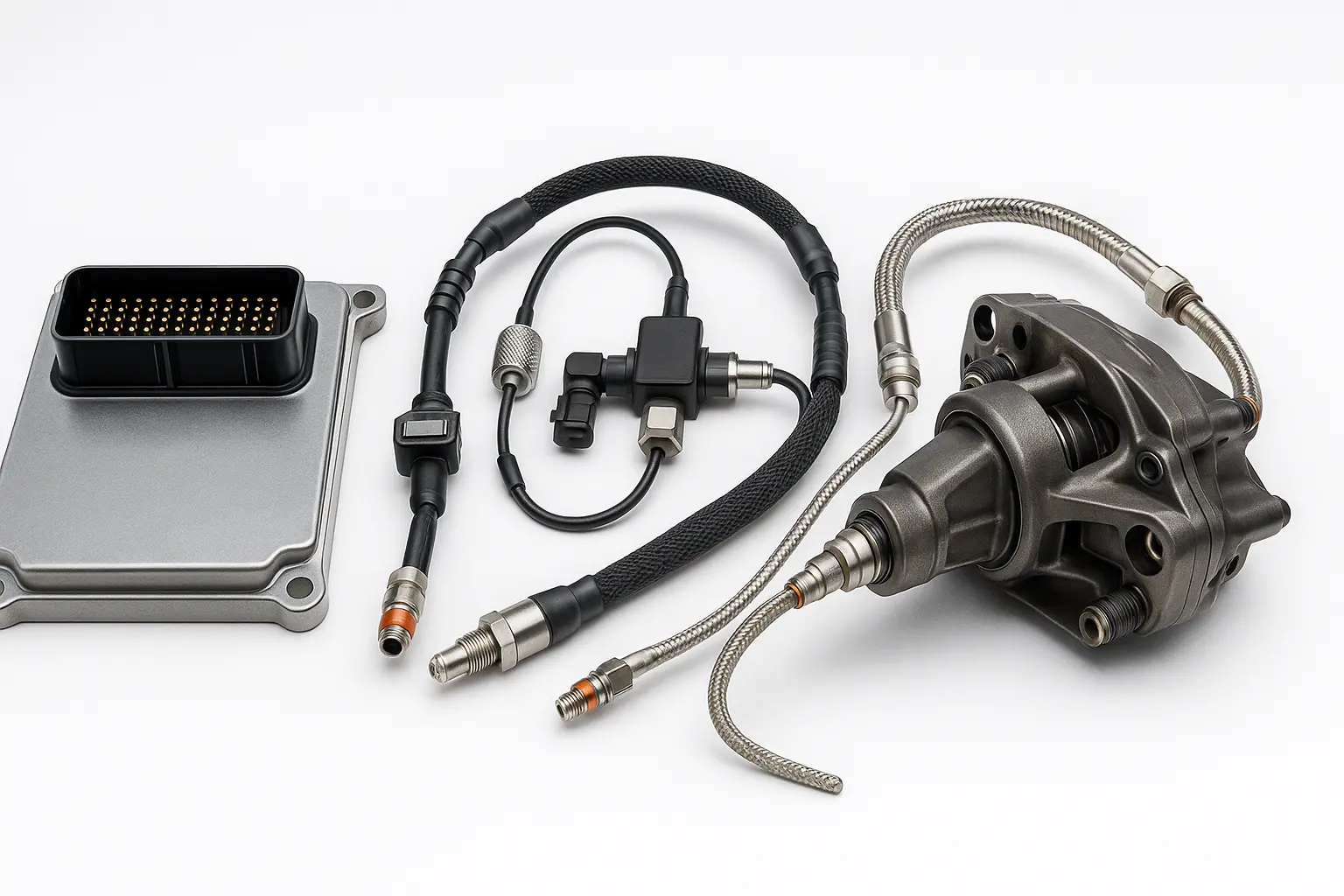
Brake-By-Wire
Electronic braking enhances control and energy recovery.
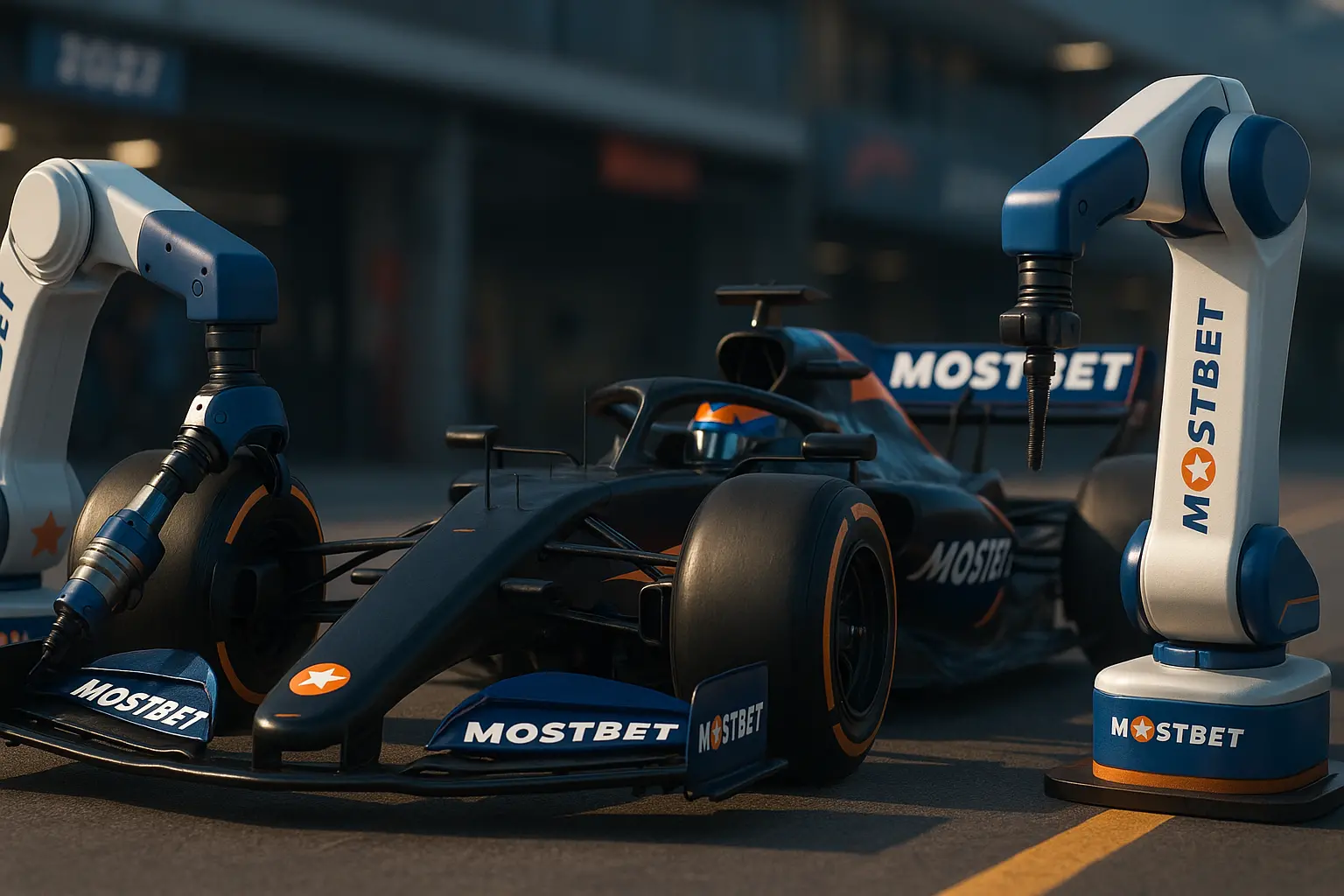
AI Pit Stops
Fully autonomous 1.5s stops, trialed for 2027.
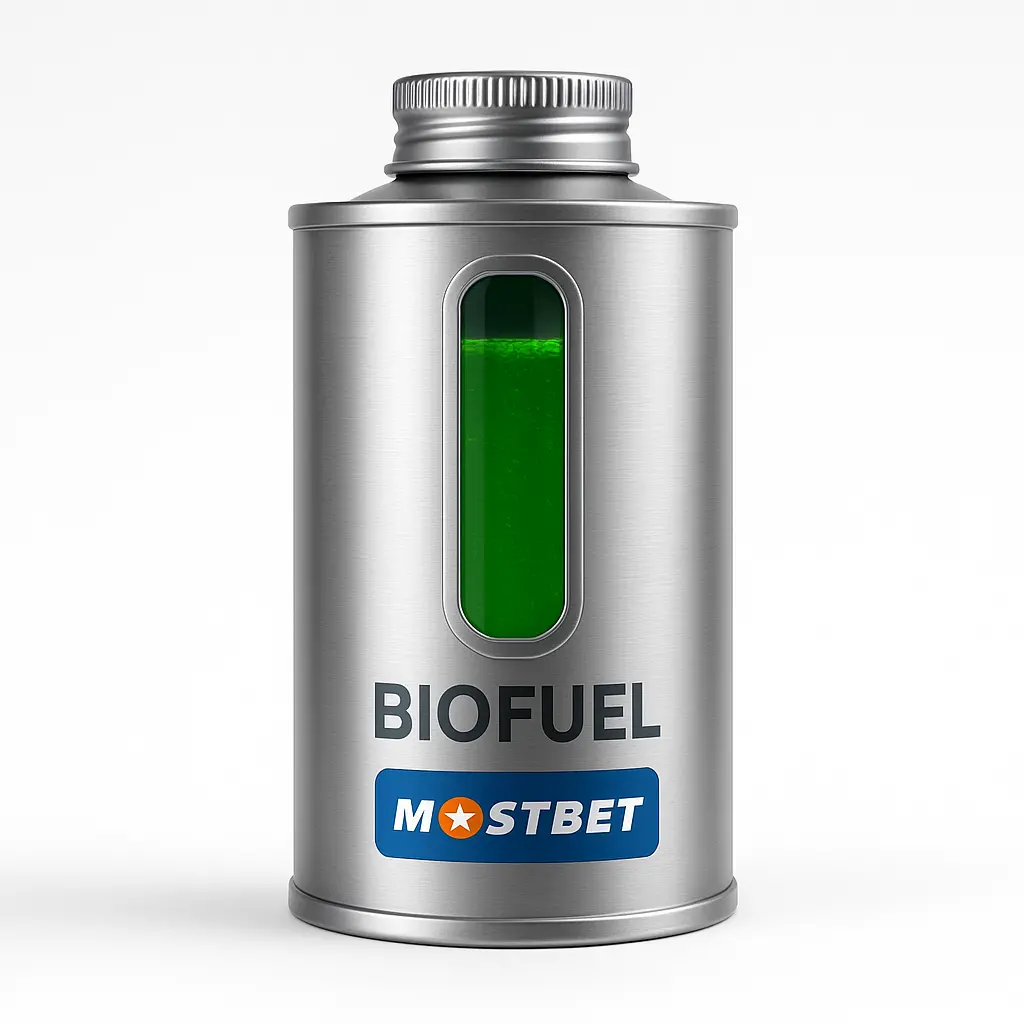
Advanced Biofuels
Next-gen fuels aim for 80% CO2 reduction by 2028.
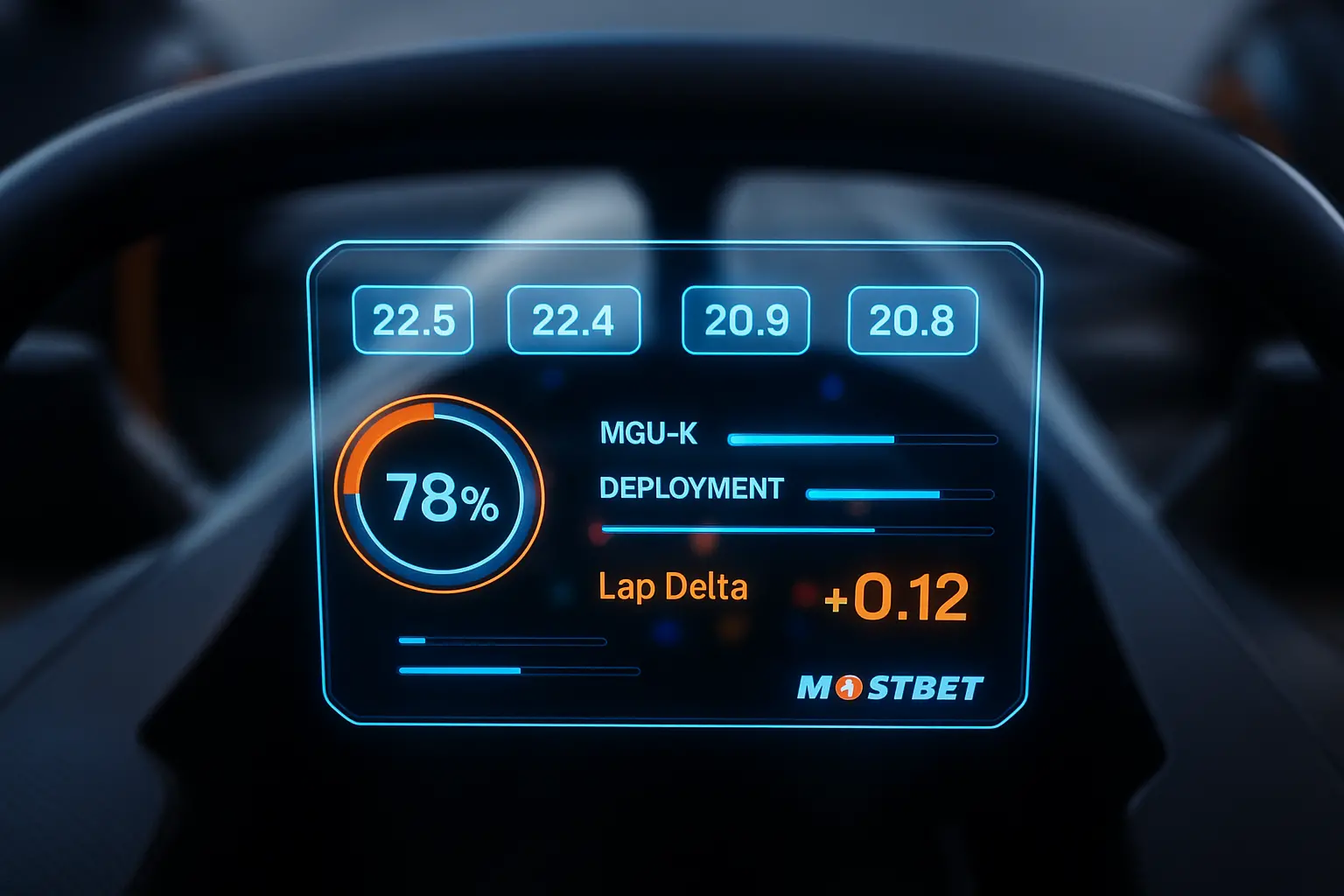
AR Telemetry
Augmented reality dashboards for drivers, planned for 2027.
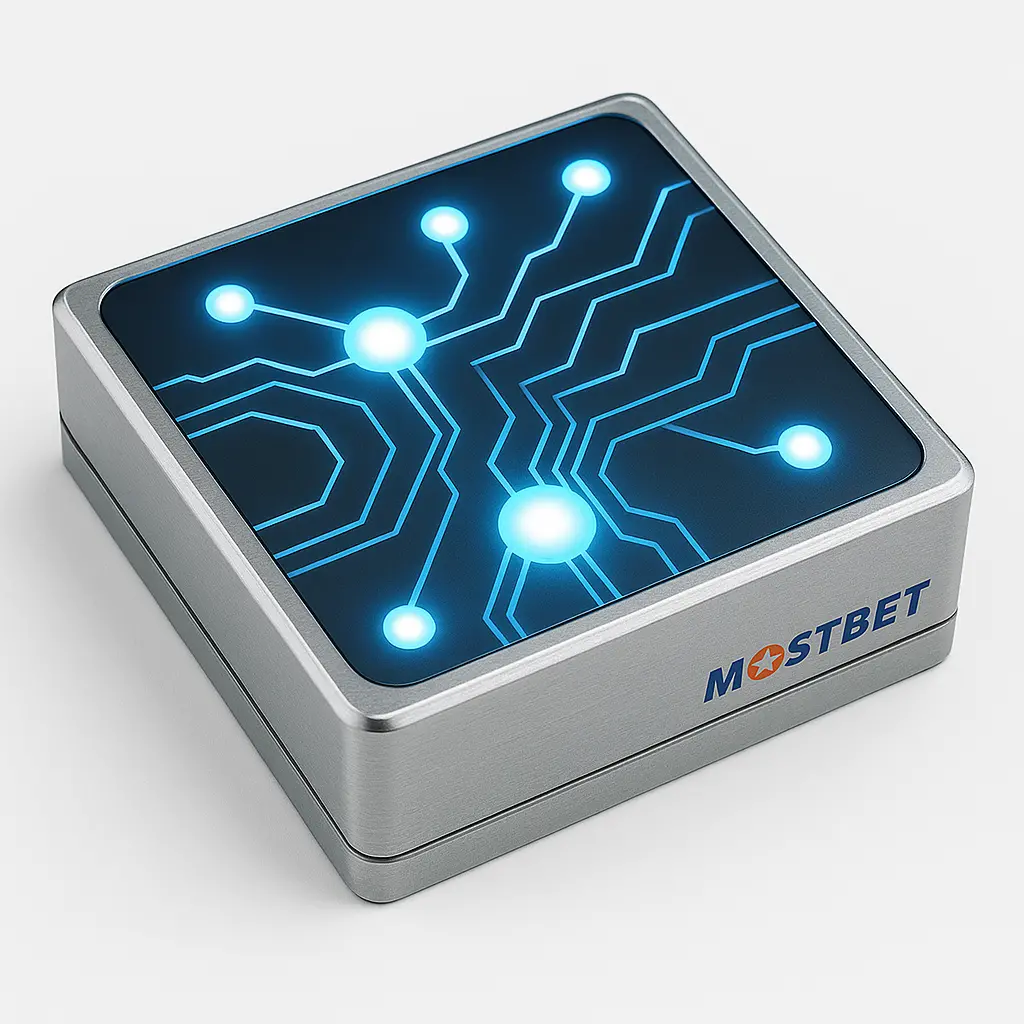
Quantum Sensors
Ultra-precise sensors for aero and tire data, targeted for 2030.
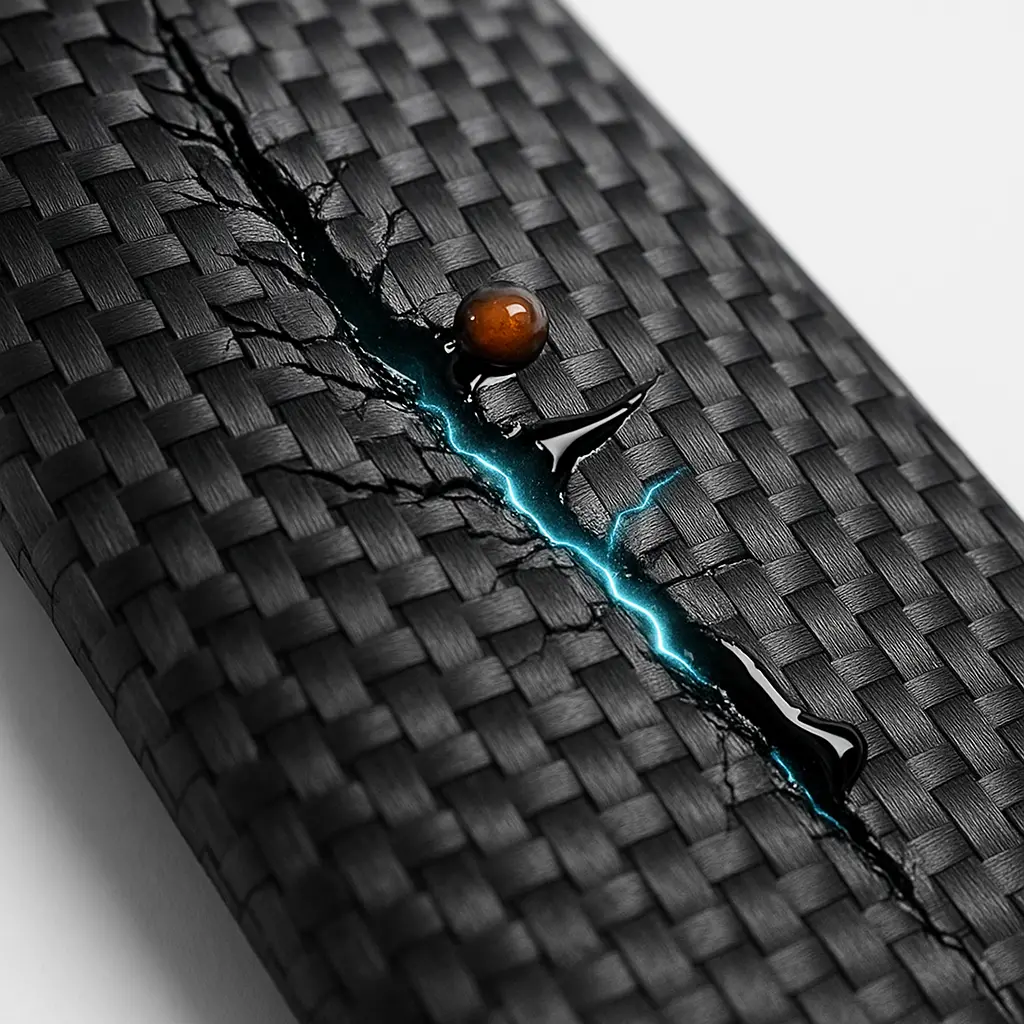
Self-Healing Materials
Chassis repairs itself from minor damage, eyed for 2032.
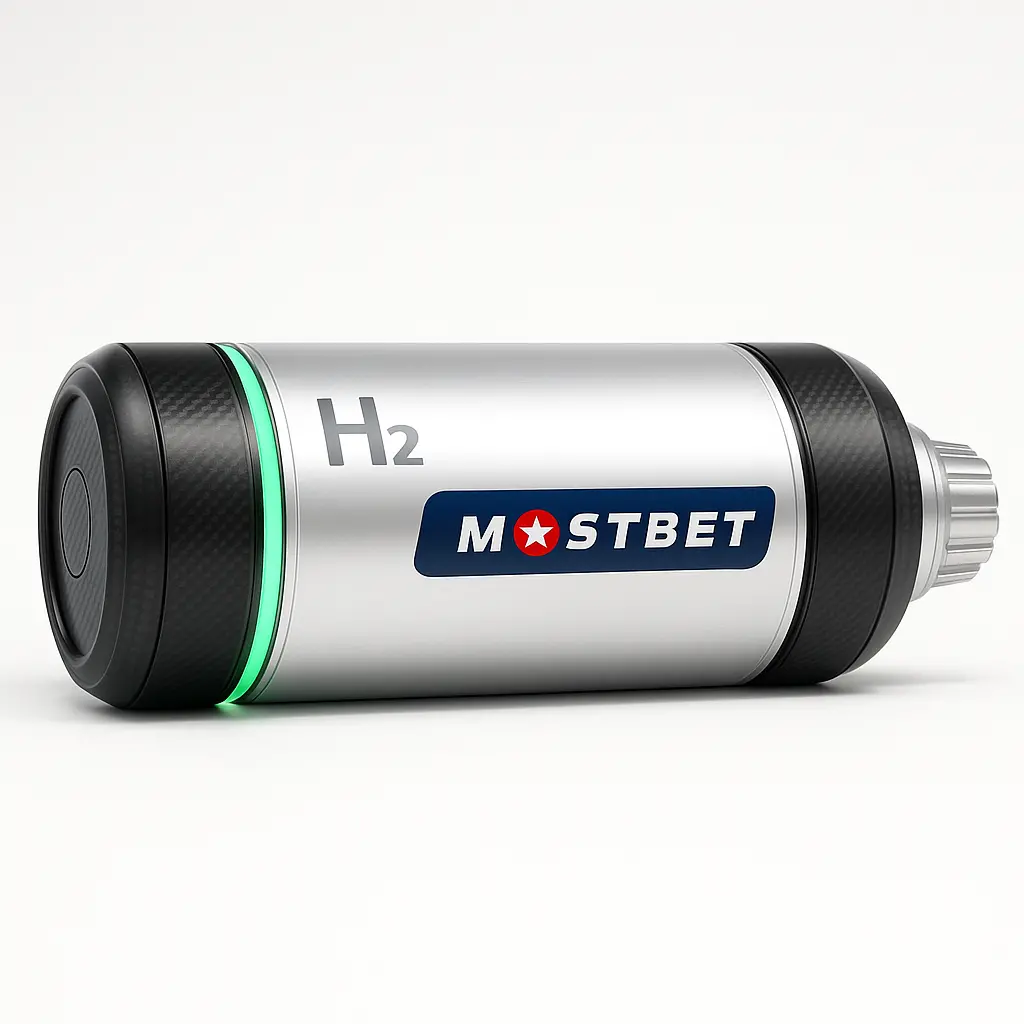
Hydrogen Power
Zero-emission power units, explored for 2035.